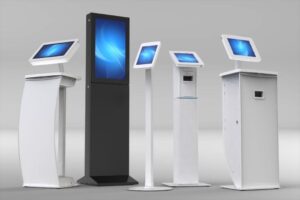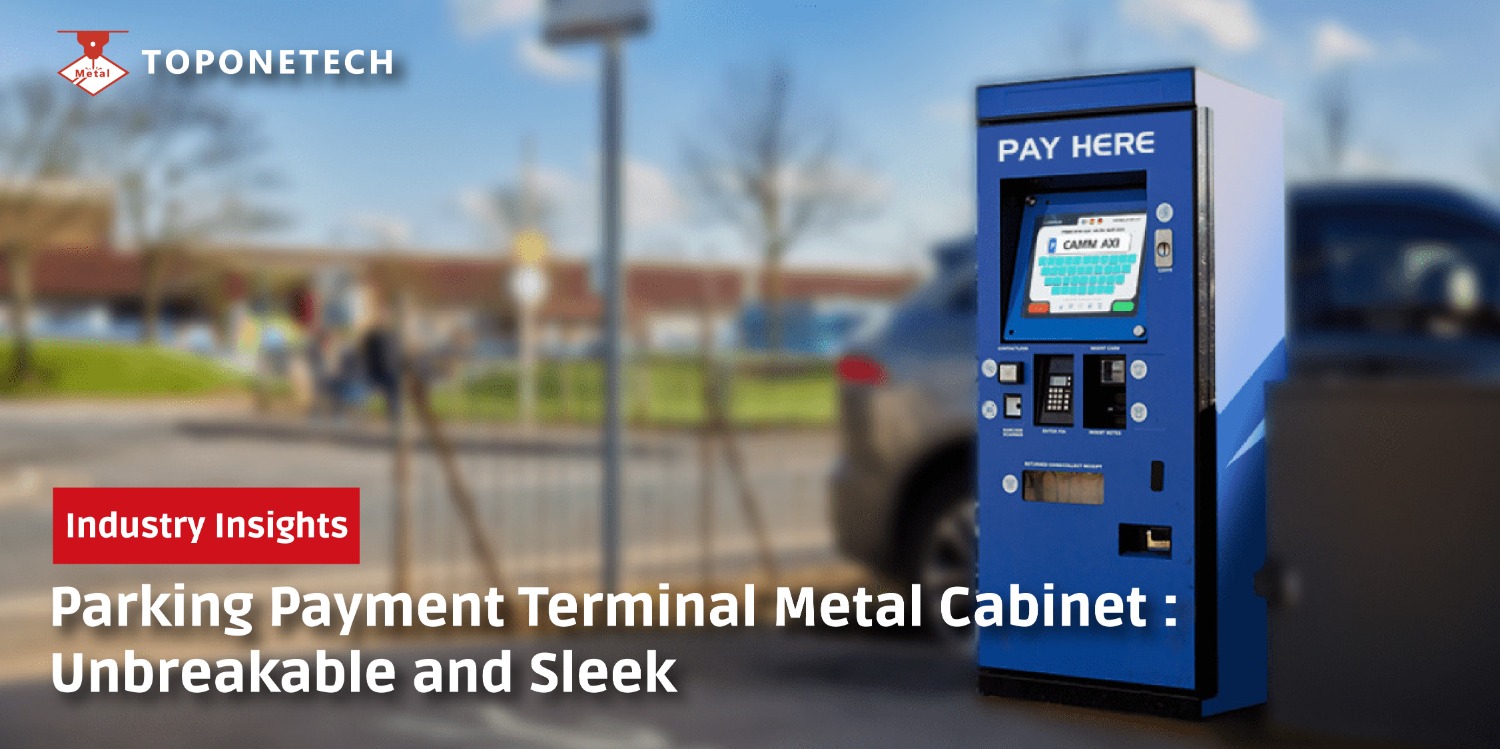In today’s fast-paced world, convenience is key. One innovation that exemplifies this principle is the self-service payment machine, commonly known as a payment kiosk. These devices revolutionize how we handle transactions, offering a seamless experience for both businesses and consumers alike.
What is a self-service payment machine?
A payment kiosk is a self-service device designed to accept bill payments in exchange for various services. Imagine needing to purchase a bus ticket: instead of waiting in line at a station, you can simply insert your payment into the kiosk and receive your printed ticket without any hassle. This exemplifies the efficiency and simplicity of a bill payment kiosk.
Common Models of Self-Service Payment Machines
Self-service payment machines come in various forms, each tailored to specific spatial and operational requirements. Furthermore, let’s delve deeper into the characteristics and benefits of three common types: wall-mounted, countertop-mounted, and free-standing self-service payment machines.
1. Wall-Mounted Self-Service Payment Machines

Wall-mounted payment kiosks are fixtures affixed to a vertical surface, typically a wall or partition. Moreover, these compact units conserve floor space, making them ideal for environments where real estate is limited. Commonly found in areas with high foot traffic, such as shopping malls, airports, and train stations, wall-mounted kiosks offer convenient payment solutions without impeding pedestrian flow.
Advantages:
- Space-Efficient: Ideal for crowded environments where floor space is at a premium.
- Enhanced Visibility: Positioned at eye level, ensuring easy access and visibility for users.
- Seamless Integration: Can be seamlessly integrated into existing infrastructure or architectural elements.
2. Countertop-Mounted Self-Service Payment Machines

Countertop-mounted payment kiosks are compact units designed to sit atop horizontal surfaces, such as countertops, tables, or reception desks. Moreover, users commonly utilize these versatile kiosks in settings where transactions occur at a designated service counter or point of sale. From retail stores and restaurants to banks and healthcare facilities, countertop-mounted kiosks streamline payment processes while minimizing clutter.
Advantages:
- Versatility: Suitable for various environments, including retail, hospitality, and healthcare.
- Accessibility: Positioned within reach of both customers and staff, promoting efficient transactions.
- Flexibility: You can easily reposition or relocate them to accommodate changing needs or preferences.
3. Free-Standing Self-Service Payment Machines

Free-standing payment kiosks are standalone units that you can place anywhere, providing maximum flexibility in terms of placement and positioning. You often find these robust kiosks in open spaces, such as lobbies, atriums, or outdoor areas, where they serve as focal points for payment transactions. Moreover, with their commanding presence and versatile functionality, free-standing kiosks offer a compelling solution for businesses seeking to enhance customer engagement and streamline operations.
Advantages:
- Flexibility: You can place them in various locations without the need for permanent installation.
- Visibility: Commands attention and serves as a prominent point of interaction for users.
- Scalability: You can deploy them individually or in clusters to accommodate varying levels of demand.
Usage Scenarios
The versatility of payment kiosks extends across a wide range of industries and settings, including:
- Shopping Mall: Self-service payment terminals, telekiosks, vending kiosks, and photo kiosks.
- Restaurant: Self-order restaurant kiosks streamline the ordering process.
- Bank: Bill payment kiosks and automated teller machines (ATMs) provide convenient banking services.
- Hospitals and Clinics: Bill payment kiosks simplify billing processes for patients.
- Subway and Airport: Ticketing kiosks offer quick and easy ticket purchases.
- Hotel: Self-service payment kiosks and internet kiosks enhance guest experiences.
- Amusement Parks and Movie Theaters: Ticketing kiosks streamline entry processes for visitors.
In each scenario, payment kiosks streamline transactions, reduce wait times, and enhance overall customer satisfaction.
Conclusion
In conclusion, from shopping malls to airports, payment kiosks are revolutionizing how we handle transactions in various industries. Moreover, their convenience, efficiency, and versatility make them indispensable tools for businesses and consumers alike. As technology continues to evolve, payment kiosks will undoubtedly play an increasingly integral role in our daily lives.



